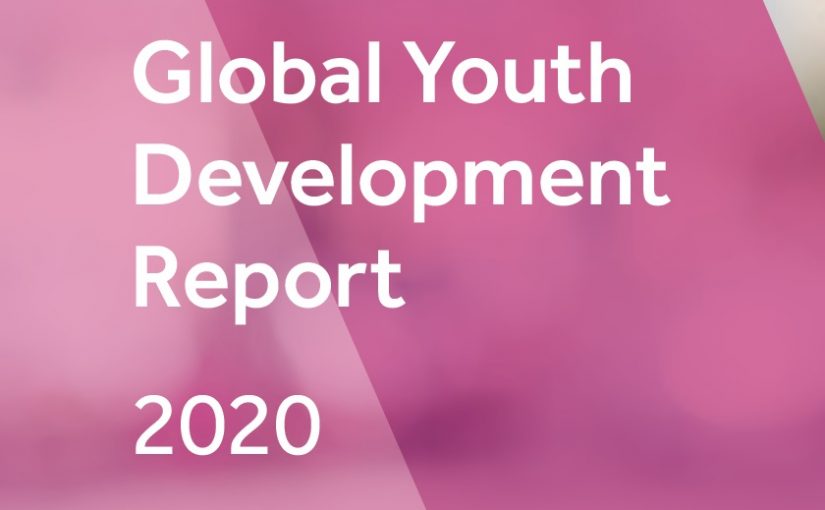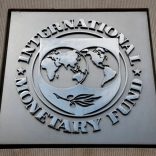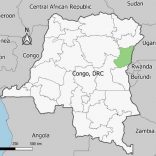Botswana declares public holiday after 'historic' athletics gold medal
South Africa scores poorly in global youth development index

- Sub-Saharan African countries had the lowest level of youth development.
- South Africa, at 131, came after Mauritius (54), Botswana (108), Namibia (119).
- South Africa did better than Kenya (139), Swaziland (152), Zambia (154), Zimbabwe (159), Lesotho (163), Malawi (171) and Mozambique (173).
South Africa ranked 131 out of 181 countries in the global youth development index (YDI) 2020, which tracks the progress on the Sustainable Development Goals (SDGs) associated with youth development. The youth population refers to persons between 15 and 29 years old.
The data used to compile the index was gathered before the Covid-19 pandemic. However the index sets a useful baseline for future studies.
The YDI 2020 was produced by the Commonwealth Secretariat. The Commonwealth is an association of 54 independent countries, and the secretariat collaborates with member governments to deliver on priorities agreed by Commonwealth heads of government, with the objective of promoting international consensus building.
Sustainable Development Goals 2030
The SDGs represent the global agenda for development by the year 2030, with the motto, ‘leave no one behind’.
The goals can be briefly summarised under five pillars:
- People: The SDGs are goals for everyone, regardless of gender, ethnicity, sexuality or ability.
- Planet: We have one planet with finite resources. Climate change to be tackled and reversed.
- Peace: Development requires peaceful and just communities, and governing institutions that are transparent, responsive and accountable.
- Prosperity requires sustainable economic growth.
- Partnerships: Everyone must work together. The 1.8 billion youth across the globe must be included.
Basis of measurement of the YDI
On the assumption that the youth require a “politically stable, economically viable, and legally supportive environment” to fully leverage their skills, the YDI is measured over six areas that would indicate such an environment.
- Health and wellbeing. This includes measurements for the mortality rate, HIV rate, self-harm, mental health, and drug/alcohol abuse, as well as tobacco consumption. “Self-harm is the third leading cause of death for all adolescents, and the second leading cause of death for young women (UNICEF, 2019).” This includes measurements for the literacy rate, school completion, and digital experience (which includes access to the internet).
- Employment and opportunity. This includes measurements for youths not in education, employment or training (‘Neetts’), and measurements for indicators that would hamper advancement, such as the number of adolescent births per 1 000 women between the ages of 15 and 19. It also includes a measurement for ‘account’, indicating persons who have an account (by themselves or together with someone else) at a bank or other financial institution or used mobile money in the past 12 months.
- Political and civic participation. This measures four indicators: voiced opinion to an official, youth policy, volunteered time, and recognition for community improvement.
- Equality and inclusion. This also measures gender parity in safety and security, literacy, and early marriage.
- Peace and security. This is a new domain which was added for the 2020 index, but still based on pre-pandemic data. It measures the degree to which young people can live in safety and pursue their goals without the risk of violence.
In all there were 27 indicators, which had to be sourced in all 181 countries.
Where data was not available, this was statistically imputed.
However, for South Africa, the real data was 100%, with 0% imputed.
How countries scored
Singapore was top of the list, followed by Slovenia, Norway, Malta and Sweden. Niger, Afghanistan, South Sudan, Central African Republic and Chad, were at the bottom.
Sub-Saharan African countries had the lowest level of youth development.
South Africa, at 131, came after Mauritius (54), Botswana (108), Namibia (119).
Small consolation: South Africa did better than Kenya (139), Swaziland (152), Zambia (154), Zimbabwe (159), Lesotho (163), Malawi (171) and Mozambique (173).
The top 10 countries had a much better score than the bottom 10 in areas such as school completion, mortality rate, literacy rate, interpersonal violence, the internal peace score, the EU INFORM risk score (risk assessment for humanitarian crises and disasters), HIV rate, conflict and terrorism, economic marginalisation, early marriage, the adolescent fertility rate, and ‘account’.
Interestingly, the top 10 and bottom 10 countries had fairly similar scores for self- harm, gender parity in safety and security, and alcohol consumption.
Even more interesting, the lower 10 countries had a better score for mental health, tobacco consumption, and drug abuse.
This report is interesting, but …
The impact of the pandemic has not been measured, and it is anticipated that this would have caused disparities in education, with children at less affluent schools being left behind. The mental and physical health challenges facing young people are also expected to be disproportionate.
According to the World Health Organisation, Covid-19 disrupted and halted critical mental health services in 93% of countries worldwide.
Obtaining “digital experience” is limited to families that have the means to afford the equipment and pay for the data. During the continuing on/off and partial lockdown, being digitally connected is paramount to getting educated.
Unfortunately, South Africa will also have to add the as yet unquantified costs of the recent wave of looting and attempted insurrection, the damage to schools, and the negative impact on the youth.
If anything, this report is merely another red flag highlighting our marginalised youth.
By Barbara Curson













Leave a Reply
Be the First to Comment!
You must be logged in to post a comment.
You must be logged in to post a comment.